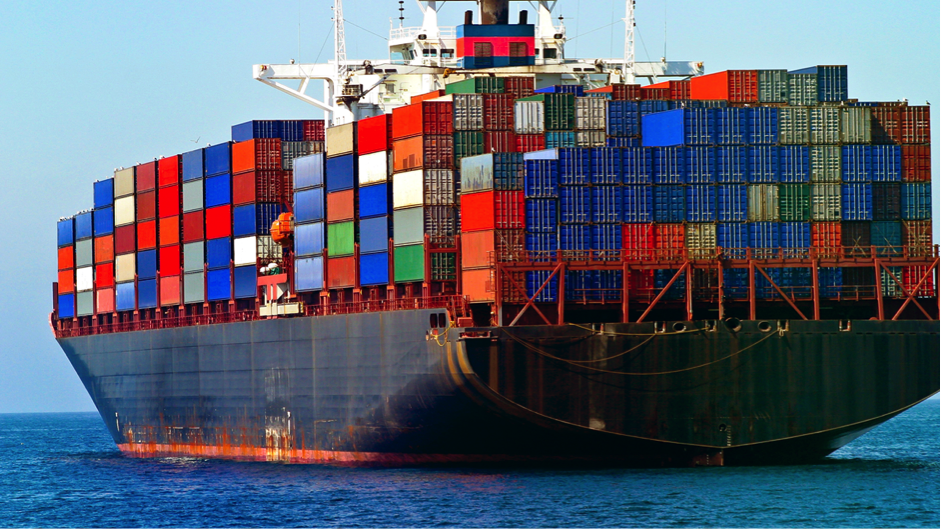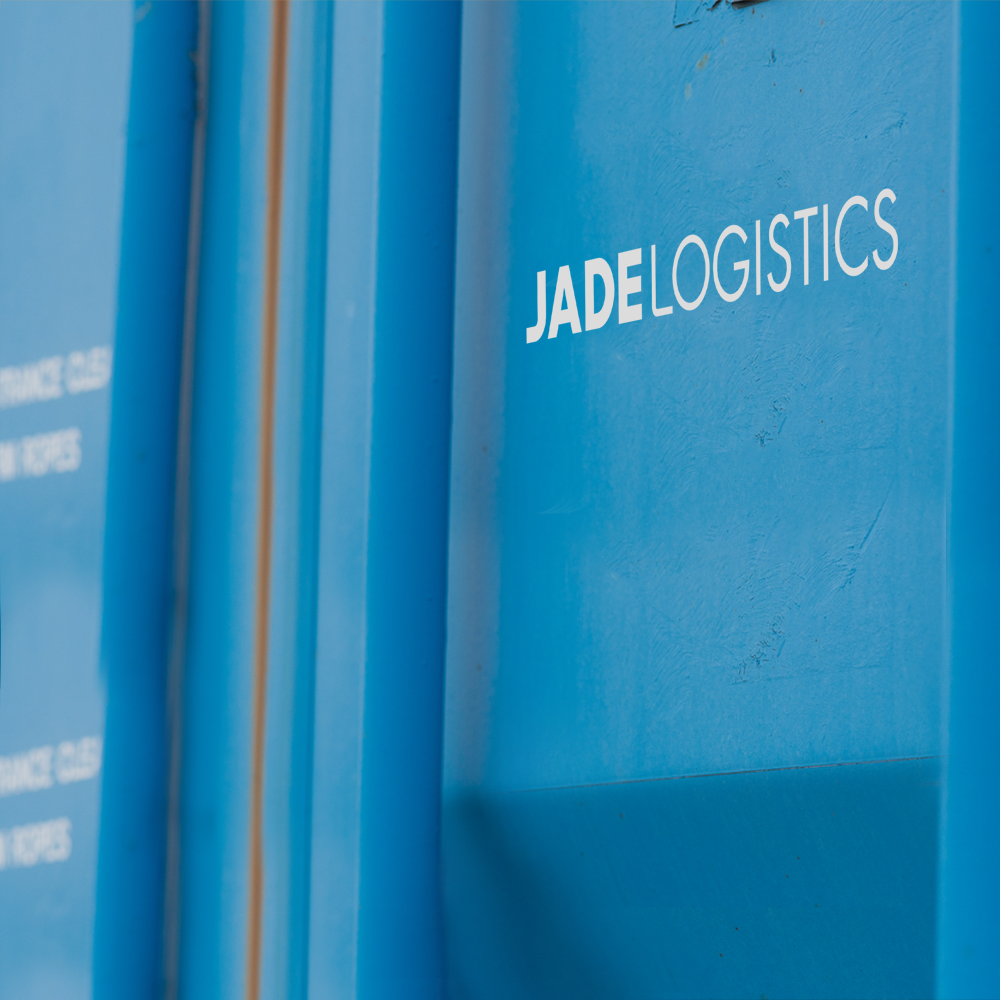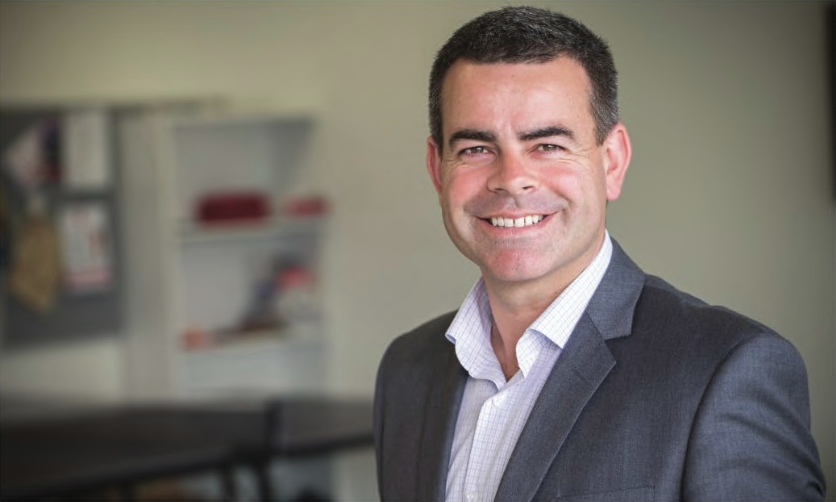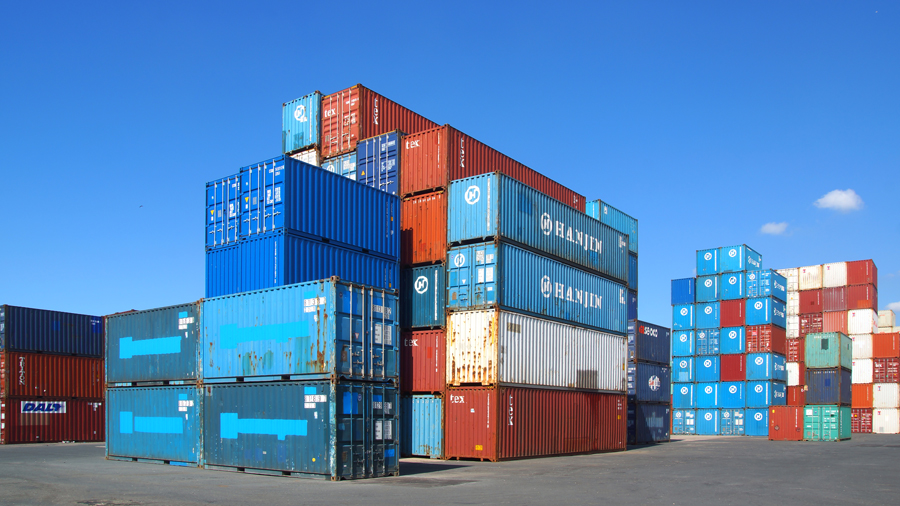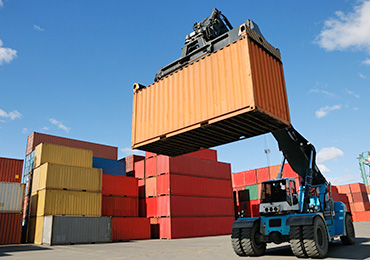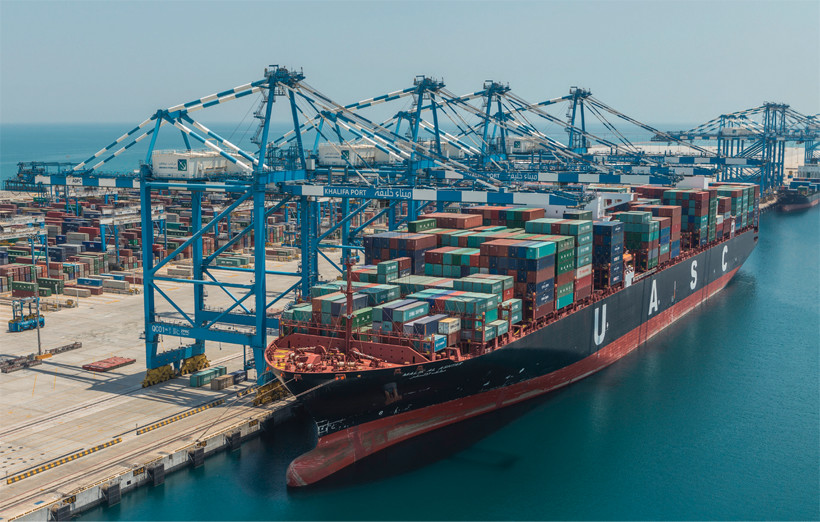With new container weighing regulations due to take effect in July 2016, is your port in position to capitalize on this industry-changing opportunity?
The International Convention for the Safety of Life at Sea (SOLAS) has, for many years, required the weight of any freight container to match the weight declared in shipping documents. Despite this regulation, a string of incidents due to inaccurate weight measuring has revealed how regularly this rule is glossed over, or interpreted as ‘roughly matching’ rather than ‘exactly matching’.
The Journal of Commerce cite reports that the proportion of global container trade that is wrongly declared could be as high as 20%.
Because ports typically use the weight recorded on the carter’s note to plan for stowage, if the measurement is out, this can have potentially detrimental effects on on-board weight distribution. It also affects port procedures including crane failure due to containers exceeding crane load limit; and instability on trucks or rail carriages.
Heavy boxes may be placed higher in stacks, with lighter boxes bearing the bulk. This can often lead to stacks collapsing, causing damage to the cargo and ship, and putting crew in danger. It could even result in cargo tumbling over board. This can create environmental damage as well as sea vessel navigation hazards. According to The World Shipping Council, approximately 546 containers are lost at sea every year (excluding during catastrophic events).
Reports by The UK Marine Accident Investigation Branch (MAIB) show that a commonality of many stack failure incidences was incorrectly declared container weights.
The MAIB speculated that the reason incorrectly declaring a weight is so prevalent is due to two main factors:
- the lack of accurate weighing facilities available to shippers
- shippers deliberately declaring lower weights to avoid import duties, maximize container use, and bypass road and rail weight rules.
As the responsible party for setting minimum standards for international shipping design, construction and equipment, SOLAS is taking action. In response to the preventable environmental, economic, and safety accidents caused by inconsistent container weighing, SOLAS is enforcing a new requirement in July 2016 – each container’s weight must be verified.
Reports point to the global insurance industry pushing this initiative hard as a way of reducing losses due to misdeclared container weights.
So what does this mean for terminal operators?
While the main responsibility for accurate weighing falls on shippers, terminal operators do need to protect themselves by ensuring weights are accurately recorded. According to an insurance expert quoted in the Journal of Commerce terminal “operators are at risk when they lack evidence for their refusal to carry a container.”
While the regulation presents an opportunity for some, like Dunedin-based firm Bison who have created revolutionary weighing jacks, many organizations are unprepared for this legislation change and have spent little time planning how to implement this new requirement. Anyone involved in container operations – shippers, hauliers, carriers, and terminals – need to be aware of the time, equipment, and processes required to verify container weight, and have everything in place before 1 July 2016. Otherwise they could be facing serious operational, commercial, and legal consequences.
To learn more about how Jade’s terminal operating system Master Terminal handles the challenge of container weighing, download the Master Terminal container weighing fact sheet.
